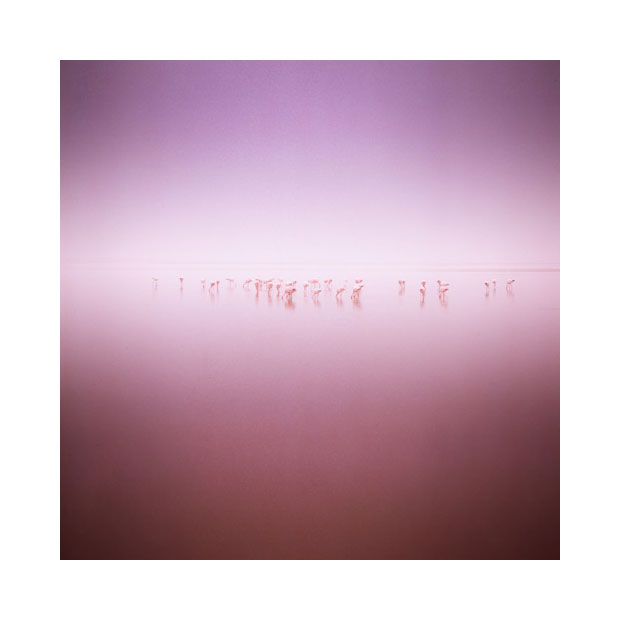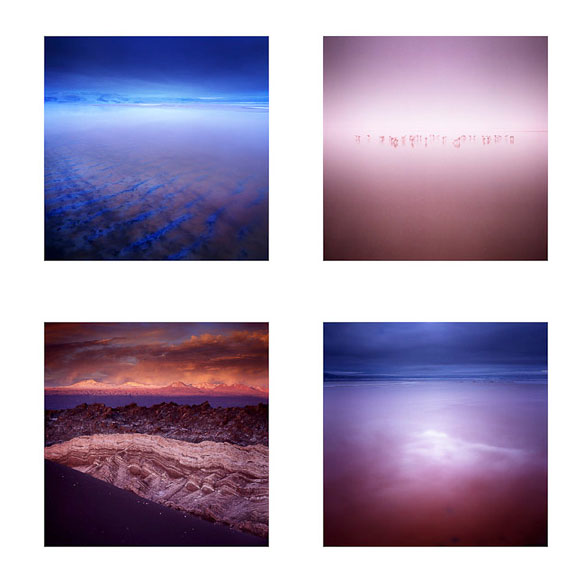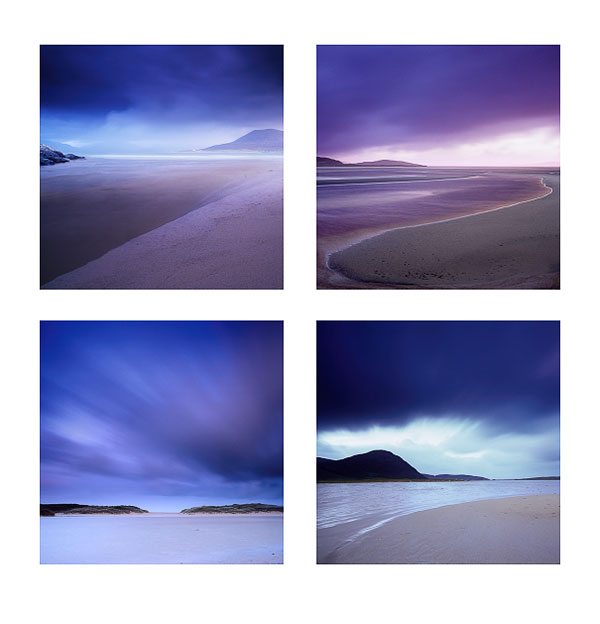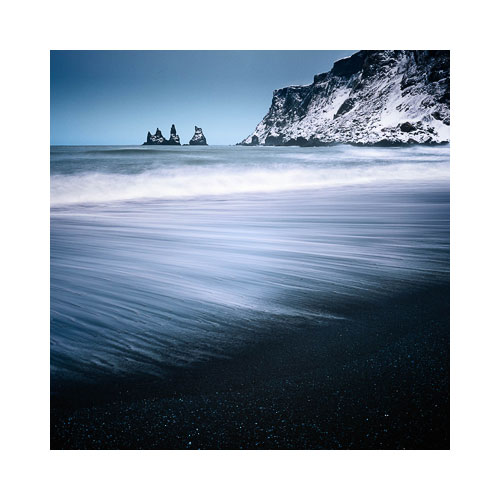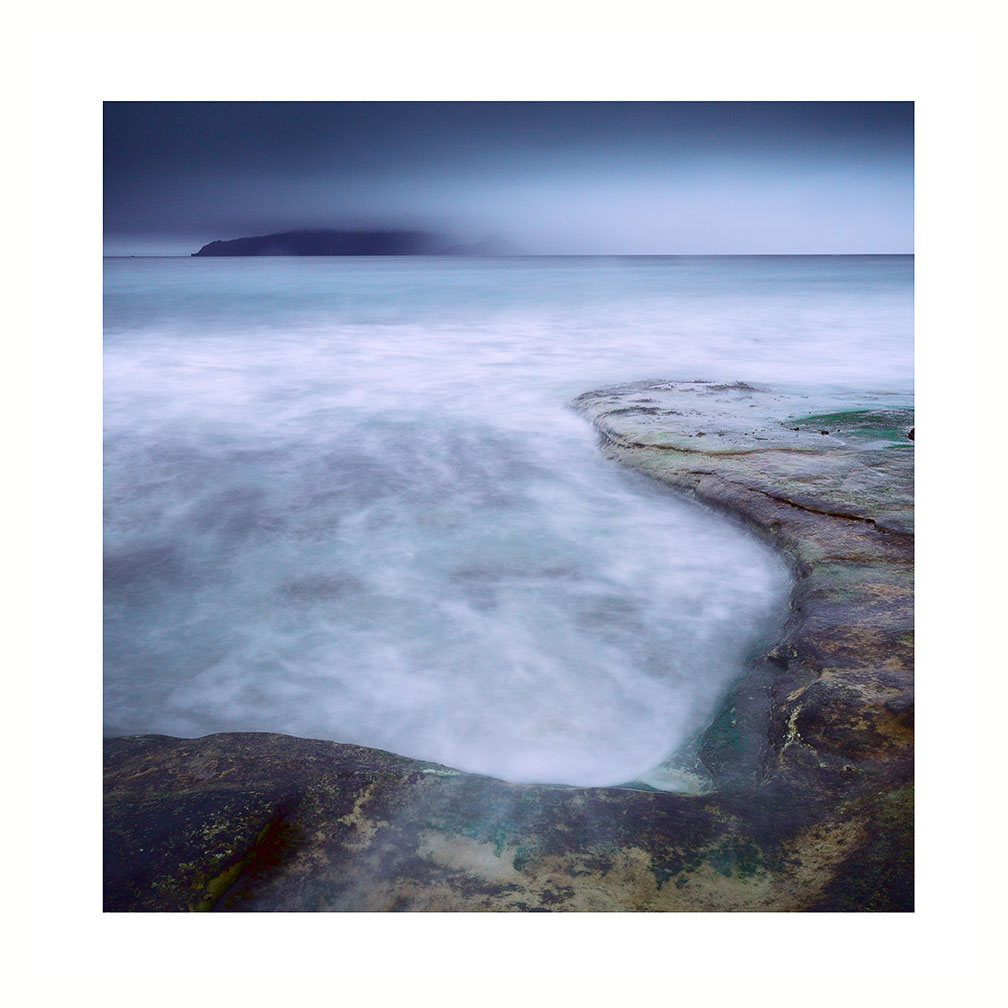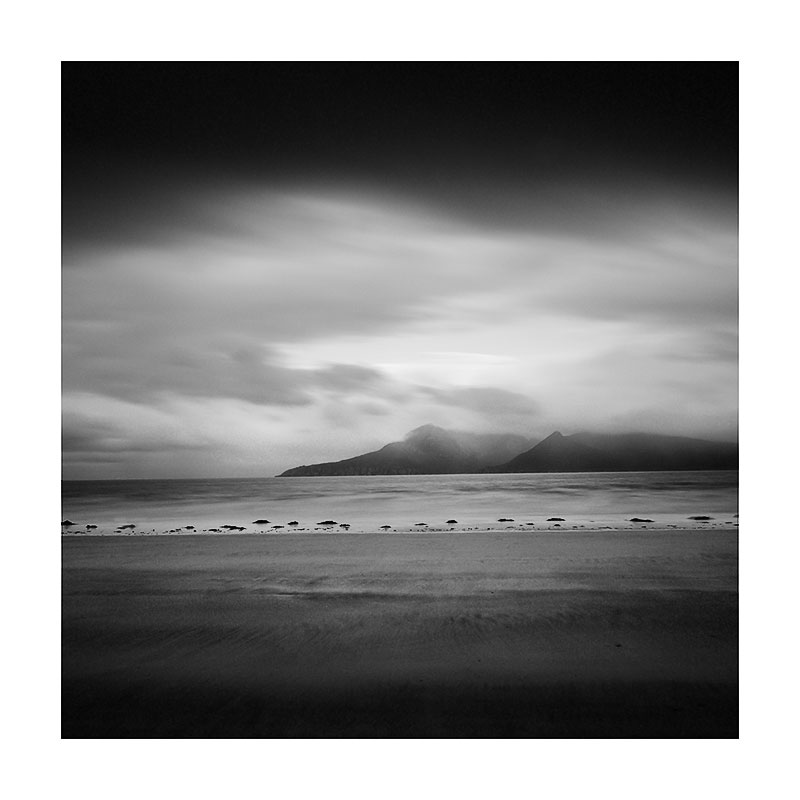I'm heading out to Reykjavik tomorrow for the Airwaves music festival. I am soooo excited, you can't possibly know just how much I am looking forward to this event.
I thought that tonight I should post something in relation to the Airwaves music festival.
https://www.youtube.com/watch?v=JVgOohc6v10&width=400
For me, music and photography are so closely related.
I started off in life as a budding musician who migrated fully to photography around the age of 30. I see parallels between the creative processes involved in both, so much so, that I don't consider myself a 'photographer', but more a 'creative person'.
Badges can be limiting at times.
It's important to be around inspiring people, and what better way to do that, than by attending a music or photography festival.
I'll leave you with Samaris' song 'góða tungl'. A song of great depth, that comes from a group of teenagers - yep - they're in their late teens. I think this perhaps illustrates the tip of the iceberg (pun not intended) with regards to the quantity of musical talent in Iceland, or predominantly Reykjavik. I find this immensely surprising because the town is small - with only 110,000 people there, it's such a powerhouse of musical creativity.
https://www.youtube.com/watch?v=_pKuzdMFE8k&width=400
I think of Reykjavik as one of the biggest small towns I know, and I'm extremely grateful to have a profession and lifestyle that allows me to come to Iceland so frequently.
The town and country have become a home from home for me.
I think when you do as much travel as I do, the world shrinks in a way, and places that seem exotic or rare take on a familiarity that is homely. Distance soon evaporates and I'm left with a residue that is the emotional experience of getting to know a place.
It's hard to explain, because traveling so much is not as glamorous as you may think.
It can sometimes feel as though you are living in a constant state of detachment and you may find yourself wishing for a slice of home. I think with the right attitude though, and enough time visiting places, they soon lose that foreign element and begin to feel like a familiar haunt. A local landmark if you like.
But, instead of the local landmark being a few miles away, it is a plane ride away. It is only through familiarity and frequency of visits, that distance becomes irrelevant, and through this, the true nature of what a place means to you, begins to surface.
So tomorrow I go home to Reykjavik. A home from home :-)

